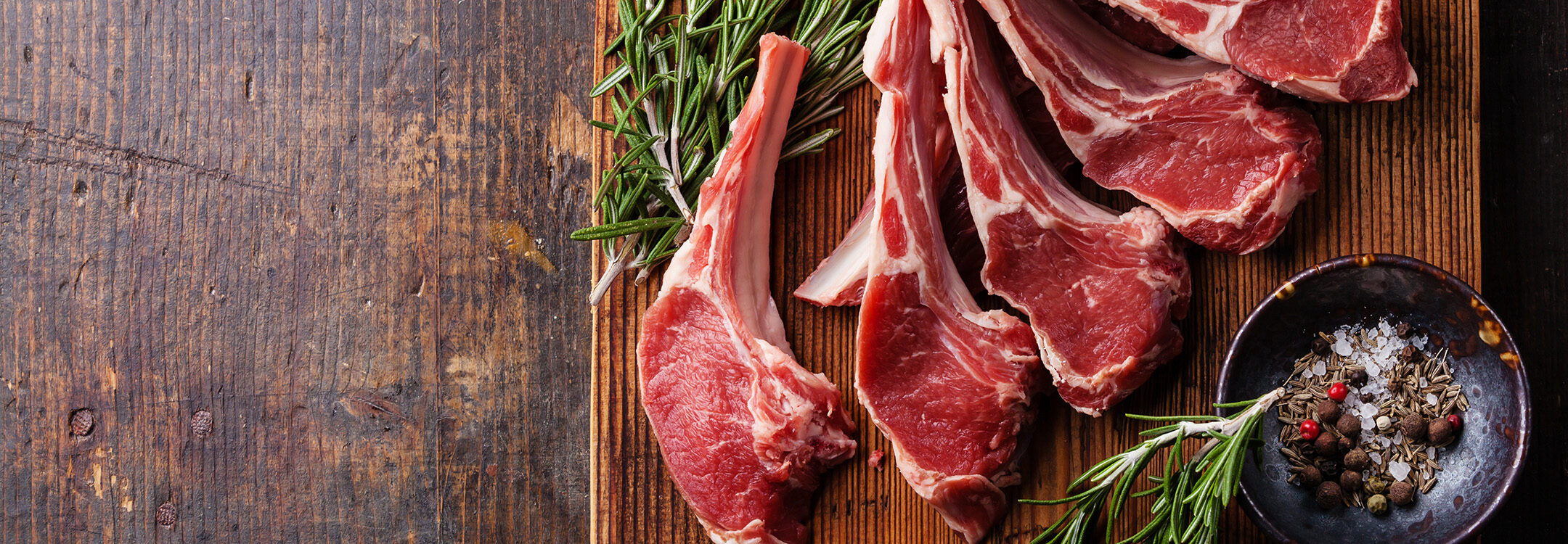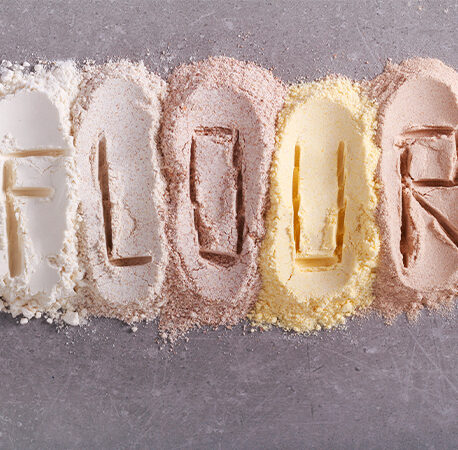Why do we traditionally eat lamb at Easter?
Traditionally, it’s linked with Christian symbolism and the idea of Jesus as “the lamb of God.” From a practical standpoint, it’s also because lamb happens to be in season. People have a misconception that spring lambs are these tiny babies, but in fact they are 3-4 months old at this point and have been fattened nicely.
I’ve sometimes heard lamb referred to as “hogget” – are they the same thing?
Technically, no. The meat from a sheep up to one year old is known as lamb, while hogget is that from a slightly older sheep between one and two years of age. It has a stronger flavour than lamb and requires slightly longer cooking times, making it more suitable for roasting, stewing and braising. When a sheep reaches full maturity, its meat is then known as mutton.
Which is better for roasting – a boned, rolled leg of lamb, or a bone-in leg?
Either will be delicious, so this is really a matter of personal preference. If I had to choose, I would go for a leg on the bone as it will potentially have a bit more flavour; however, a boned and rolled leg can be more convenient as it will take less time to cook and be easier to carve.
Is there a particularly good cut of lamb for slow-cooking rather than roasting?
Shoulder is very good for slow-cooking. Alternatively you could buy a lap of lamb, which is extremely good value and lovely when slow-roasted.
What cut of lamb would you recommend for a smaller family?
The best options would be a mini lamb roast or else a rack of lamb.
We’re not big fans of lamb in our house. What else would you recommend for Easter Sunday dinner?
Turkey and ham are becoming more popular at Easter. A beef rib roast would be a great splash-out option.
What are the cooking times for roast lamb?
Aim for 20 minutes per 500g for medium-rare, or 25 minutes for medium. I would recommend that you don’t cook lamb further than medium in order to make the most of its tenderness.
- summer events
- small business
- gut health
- OATLY
- healthy
- Crudo
- top tips
- All Together Now
- fridge cake
- Events Waterford
- food festival
- Events Ireland
- me auld flower
- news
- dublin
- events Dublin
- dublin festival
- Home-Cooking
- food and drink festival
- online cooking course
- festival line-up
- cooking
- Summer festival
- eco-friendly
- Events
- cosy
- Festivals Ireland
- wine
- Body & Soul
- grapes
- music festival
- south africa






You have to be signed in to comment this post.